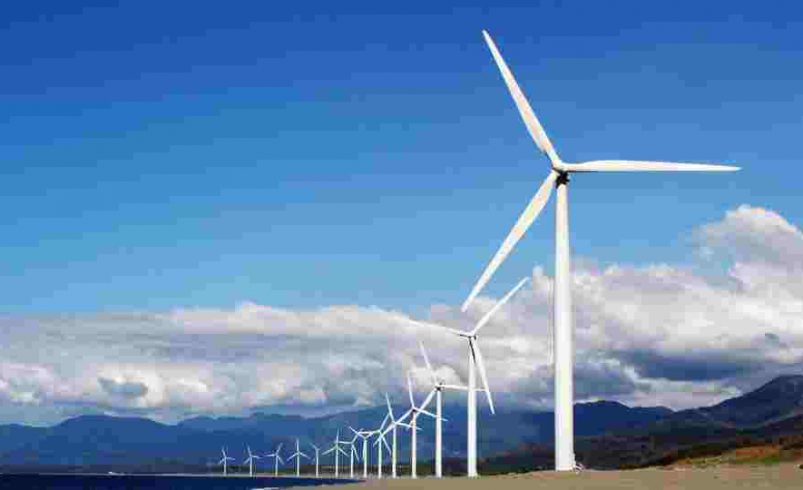Gov touts CamSur as PH RE hub in UK forum
- July 25, 2025
- 0

Camarines Sur Governor Luis Raymund “LRay” Villafuerte has called on international investors to explore renewable energy and infrastructure opportunities in his province, positioning CamSur as the Philippines’ “renewable energy capital” at a global policy and business forum in London.
Speaking at the July 14 event co-organized by the Philippine Embassy in the UK and the University College London (UCL) Centre for Sustainable Business, Villafuerte highlighted CamSur’s transformation into a prime investment destination—particularly for clean energy ventures and public-private partnerships (PPPs).
“Camarines Sur is open for business. We are investor-ready, infrastructure-ready, and innovation-ready,” Villafuerte declared, inviting global players to “partner with us. To grow with us.”
Villafuerte said CamSur hosts “several solar, hydro, and wind projects underway—including the country’s largest offshore wind farm by Copenhagen Infrastructure Partners (CIP).” Other major projects include Nexif Ratch Energy’s USD 1.5-billion offshore wind development and Citicore Renewable Energy’s USD 100-million onshore wind facility in Bombon, which will begin construction in September 2025.
“We were the first province in the Philippines to pass a local PPP ordinance—way back in 2010.” The PPP model, Villafuerte added, is a “governing principle” of the provincial government, providing a “stable, transparent, and investor-friendly environment.”
The London forum spotlighted one such partnership with Italian firm Veragon Technologies, which uses air-to-water technology to supply clean drinking water in underserved communities. Villafuerte described it as a “game-changer,” and a “low-risk, high-impact PPP model” now documented as a case study by UCL.
“This is a PPP story of how one bold partnership between an LGU and private enterprise is now being recognized as a model for sustainable, scalable development,” he said.
Citing the province’s rise from 39th poorest in 2004 to 3rd richest in assets today, Villafuerte attributed the turnaround to “good governance, strong and consistent leadership, business-friendly policies and institutional continuity.”
Villafuerte also cited national policy reforms he helped craft as a legislator, such as the Amended Public Service Act, the CREATE Law, and the Ease of Doing Business Act—all aimed at boosting the country’s competitiveness for foreign investment.
Looking ahead, he noted CamSur’s continuing infrastructure push, including the development of a smart green district in Pili, airport upgrades, expressways, and investments in roads, power, and ports.
What are your thoughts on CamSur’s aggressive push for renewable energy and public-private partnerships? Could this model work in other regions? Join the conversation.
Follow Power Philippines on Facebook and LinkedIn or join our Viber community for more updates.